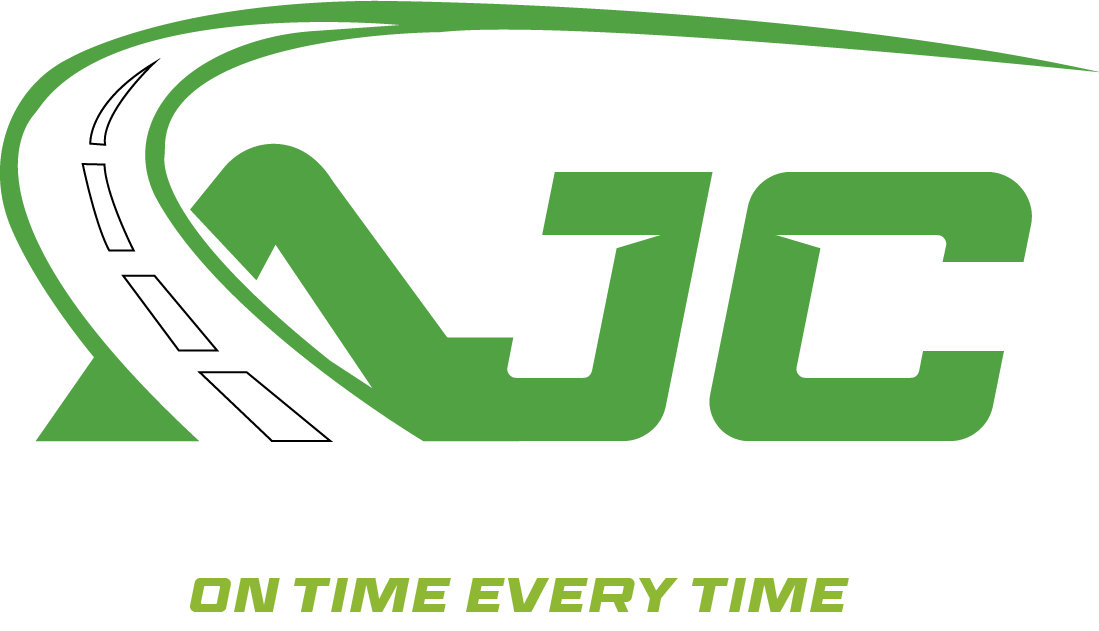A pre-trip inspection should be done before rolling out to prevent the driver from going with a damaged vehicle. The commercial drivers should perform the pre-trip inspection of their vehicles every 24 hours (at the start of a new day) to be sure each component works as required. The Pre-Trip Inspection Checklist (Class A) covers the steering components, air brakes, wheels and rims, suspension parts, fuel tanks, lights, and batteries, including an air brake tug test and checking for everything under the hood (water pump, alternator, fuel pump, fluids, and more). A Post-Trip Inspection takes place when mechanics have enough time to repair damaged vehicles after their working shift. The Post-Trip Inspection should be thoughtfully done on time, as it allows to prevent costly delays, by ensuring deliveries according to schedule. So during the Post-Trip Inspection, the damage after a work-related driving is looked for. Such mandatory vehicle check helps to define small issues before they can become dangerous and costly or even cause accidents. While completing a post-trip inspection, a Detailed Driver Vehicle Inspection Report (DVIR) must be filled out, including the following components and parts: horn, and emergency devices. This DVIR should be submitted for each power unit the vehicles driver operates. It is a legal requirement to ensure the vehicle is safe, safely loaded, and roadworthy.



